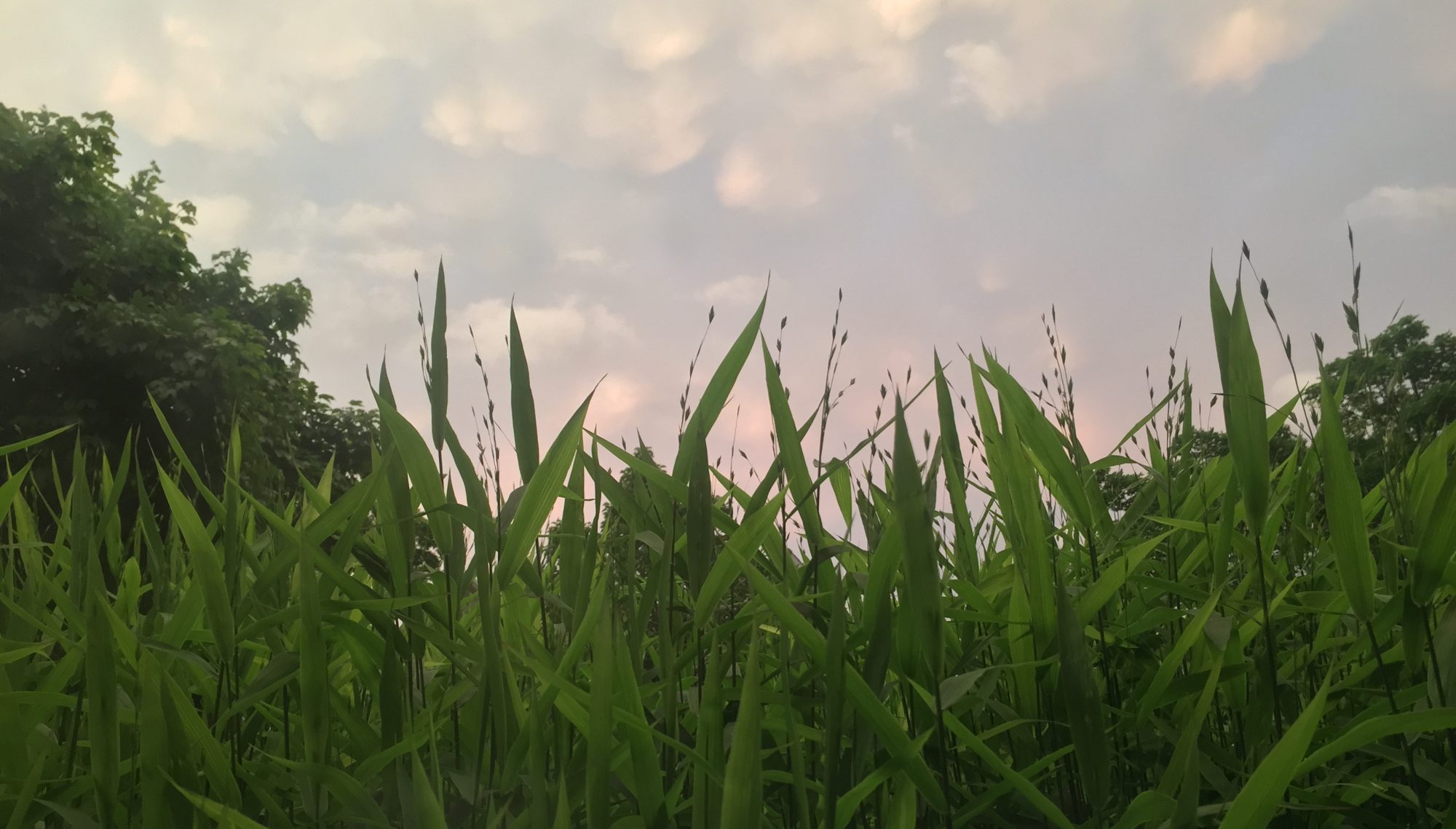My Roscoe Village apartment and the University where I work are only about 8 miles apart, as the crow flies. Somehow, though, I manage to spend nearly three hours a day trapped in the belly of the beast known as the Chicago Transit Authority, or CTA. In between doomsday scenarios and derailments, I’ve used my daily public transportation sentence to get a fair amount of reading done. In the last couple of years, though, much of my commuting time has been spent listening to podcasts. Here’s a quick guide to some of my favorites, listed by topic:
Music:
Paste Culture Club – Paste is almost my perfect music magazine: heavy does of alt.country/americana and indie rock, with occasional forays into underground hip-hop and the just-plain-weird. While they may throw in a few too many earnestly mediocre singer-songwriters, I’ll take that any day over the Frankenstein’s monster Rolling Stone has become — the reanimated corpses of Boomer nostalgia acts steered by the criminally insane brain of top-40 teen-pop (shudder). Paste‘s biweekly podcast features full-length songs, interviews, and news about new releases.
Sound Opinions – Featuring Chicago’s own major-paper rock critics, “The World’s Only Rock-and-Roll Talk Show” was on WXRT when I moved to town, and has since moved to Chicago Public Radio. I’m pretty sure it’s one of the only shows on public radio where you’ll ever hear people wax on about the talents of Ghostface Killah.
Design:
Design Matters – Sterling Brands’ Debbie Millman (she designed the Burger King logo, among others) interviews some of the top designers in the field (Steven Heller, Milton Glaser, etc.), along with other cultural luminaries like Malcolm Gladwell.
Be A Design Cast – A group of young designers from (of all places) Omaha puts together this entertaining bi-weekly podcast. They too interview design big-wigs (including Debbie Millman), but don’t take themselves (or much of anything, except Mountain Dew can redesigns) too seriously.
Freelance Radio – Not really a design show, but applicable to those like myself who do freelance design work. The hosts discuss things like contracts, time management techniques, and client horror stories.
Web Design:
Boagworld – Hosted by two Brits who run a web design company called Headscape. The dynamic between old friends Paul, the often-cranky designer type and Marcus, the ex-pop-star salesman/project manager is itself worth listening to the show. The fact that it’s full of interesting news, reviews, and interviews is just icing on the cake.
Miscellaneous:
This American Life – Single-handedly responsible for making me a member of Chicago Public Radio, TAL is the most popular podcast on iTunes. I actually listened to all 300-plus episodes on the web before they began podcasting, which means I wait with baited breath each week to see if the lastest podcast will be a new episode or a rerun.
The Story – Kind of like TAL, but daily.
Savage Lovecast – “America’s only advice columnist” Dan Savage is even funnier live than he is in his weekly column. Warning: anyone who doesn’t find hilarity in the idea of elderly grandmothers inadvertently pleasuring their pet parakeets probably shouldn’t listen.
So — any suggestions for ones I should absolutely add to my list? I’m all ears.
